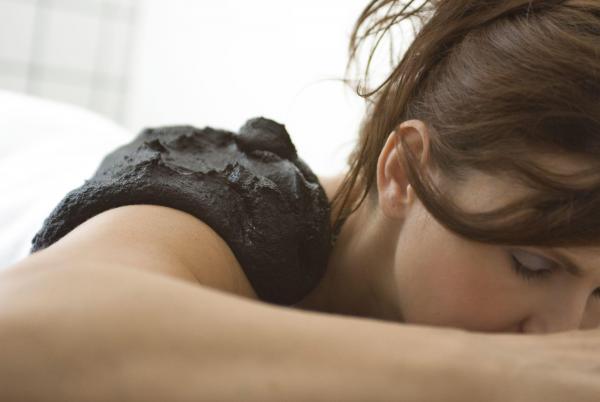
8380 Hévíz, Dr. Schulhof Vilmos street 1. Tel.: +36 83 501 700, Fax: +36 83 540 144


The bottom of the lake is covered with 1–7 meter-thick layer of mud, which is a mixed type of mud, meaning that it contains organic and inorganic compounds as well. Due to the mud’s high humic substance its color is dark gray; when the mud is fresh it has the odor of hydrogen sulfide (rotten egg), when the mud is dry it has earthy smell. The applied mud is soft, rather fluid like and not sticky and its pH is close to neutral. The mud stores heat perfectly, but its thermal conductivity is poor. The mud is rich in Sulphur and is mildly radioactive. The dried mud’s 60% consists of limestone, quartz, feldspar, mica schist, and amphibole.
For therapies, the mud had been provided by drilling the bottom of the lake until 1986.
The mud therapy is used mostly for the treatment of musculoskeletal diseases including degenerative diseases, soft tissue rheumatic syndromes (i.e. diseases of tendons, muscles, bursae), joint contractures, and for the rehabilitation of injuries, but it is also effective for the treatment of chronic inflammatory gynecological diseases, and for certain skin disorders (i. e. psoriasis).
In order to protect the mud reserves and to restore ecological balance in Lake Hévíz, from 1986 new mud sources became necessary.
Due to the results of international scientific research concerning this issue, there was a solution for this problem.
The geological development of fens and the bottom of the lake in Keszthely is quite similar to the surface covered with mud in Hévíz. The ionic balance of peat samples in the thermal water becomes equal to the mud in Hévíz after 3 days, and the samples’ physical and chemical status after 60 days. Accordingly, the peat incubated with thermal water is suitable for the production of artificial mud in Hévíz. This type of mud that was approved by GYEMSZI (National Healthcare Service Center) as a non-medicinal or non-medicated product is used in the hospital in Hévíz as well and is also commercially available.